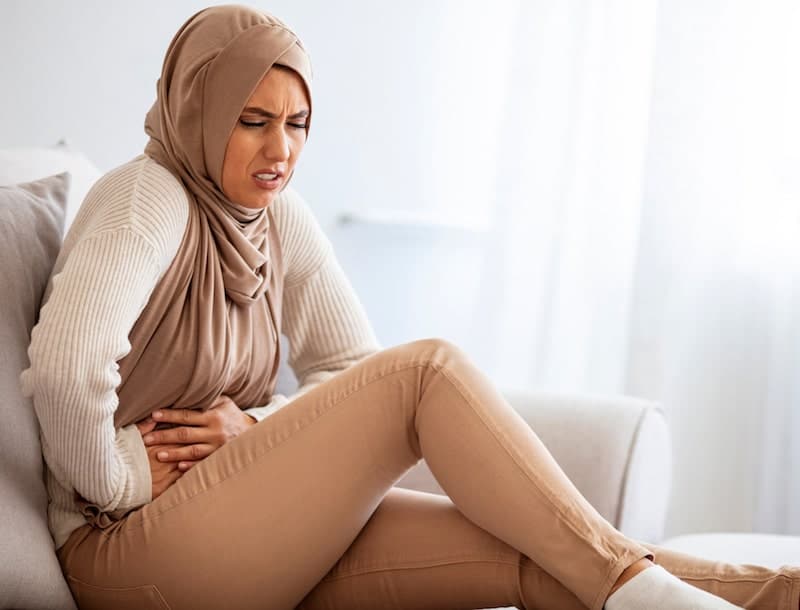All diseases start in the gut
“All diseases begin in the gut,” Hippocrates said more than 2,000 years ago. Not much later, in the fourth century, there was already the first documentation of Dr. Ge Hong from China. He started giving ‘Yellow Soup’ to people who suffered from diarrhea or food poisoning. Yellow soup…a mixture of dried and fermented stools from a healthy person with water. dr. Ge Hong is seen by this documentation as the founder of faecal transplants , also called FMT (Fecal Microbiota Transplantation). This was followed by documentation from doctors from the Renaissance era. There is even a suspicion that people were already working on this three thousand years ago, in India.
What we know about poo transplants
The first use of FMT in Western Medicine was published in 1958 by Ben Eiseman and a team of Colorado surgeons who treated four critically ill people with fulminant pseudomembranous colitis (before Clostridium Difficile was the known cause) with fecal enemas, which resulted in a rapid return to health. . For more than two decades, poop transplants have been offered as a treatment option at the Center for Digestive Diseases by Thomas Borody, the modern day proponent of FMT. In May 1988, their group treated the first patient with Ulcerative Colitis, resulting in a complete disappearance of all signs and symptoms in the long term. In 1989, they treated a total of 55 patients with constipation, diarrhea, abdominal pain, ulcerative colitis, and Crohn’s disease with FMT.After FMT, 20 patients were considered “cured” and an additional 9 patients had a reduction in symptoms. Since that time, several institutions have offered poo transplants as a therapeutic option for a variety of conditions.
The first randomized controlled trial in the Netherlands into the hospital bacterium ‘Clostridium Difficile infection’ was published in January 2013. The study in the AMC was stopped prematurely due to the effectiveness of FMT, with 80% of patients achieving healing after one day after a single transplant and more than 90% achieving healing after a second infusion. An ethics committee decided to stop the investigation. It was no longer considered morally responsible to continue and to withhold the treatment from all participants of the control group, the placebo group. You read that right, they didn’t help the placebo group with a poo transplant, but they stopped the study because it worked too well. Leaving us with the statement that it is not yet clinically proven.




